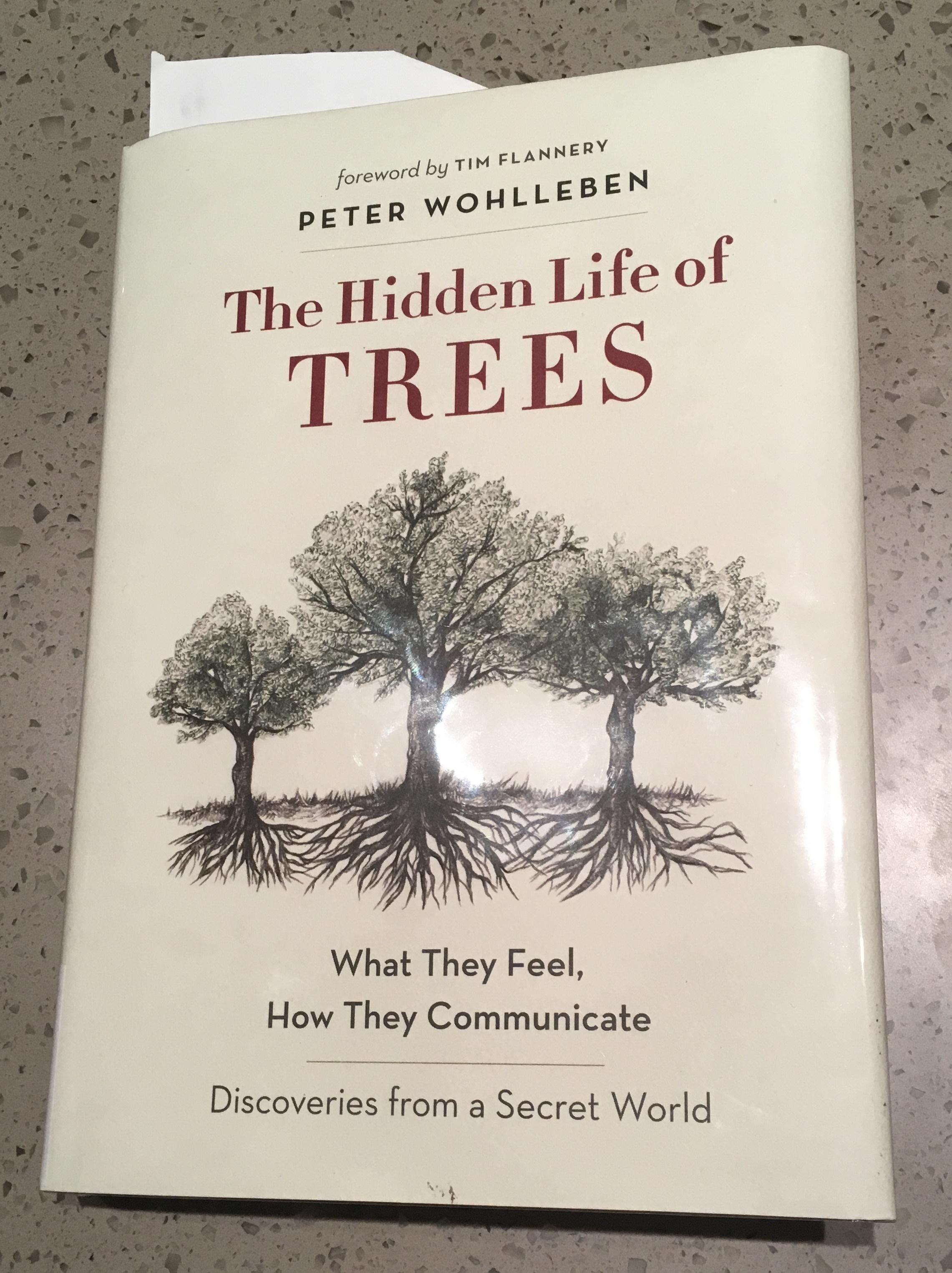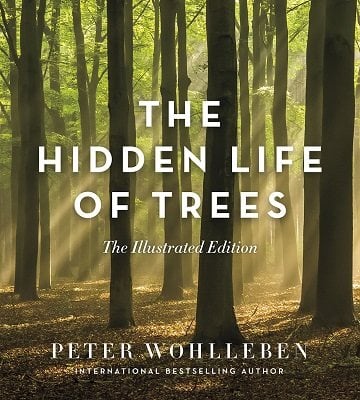
Only a few individuals are kept alive for centuries. As Wohlleben acknowledges, however, most stumps die and rot away within a couple of years. So the trees are even reluctant to abandon their dead. This is because every member has a role in the food and communication network. This ‘social security’ driven community is interested in keeping every member around for as long as possible. They also ‘talk’ by transmitting chemical signals and warning one another of dangers, such as insect attacks. They feed as a group passing nutrients to weaker members, so that all are successful. Trees are social beings that support their own species and sometimes even their competitors. This leads to a conclusion that forests are superorganisms.

Yet, as Wohlleben points out, scientists know that most plants, growing in the same area, are connected through their root systems. It was presented as a driving force of evolution, and very little was said about cooperation. When I studied biology at school the emphasis was always on competition in the natural world. He does not know why trees do this, though the term that he uses to describe such a relationship is ‘friendship’. Wohlleben reports that he observed such living stumps of different tree species repeatedly. Apparently the surrounding beeches were pumping sugar to the stump to keep it alive. The only way this could have happened was through the assistance of the neighbouring trees. Since a tree cannot survive without leaves that synthesize its food, he had to conclude that the remains were kept alive in some other way. Its wood was not rotten and the tissues were those of a living tree. It belonged to a large ancient tree that was felled four or five hundred years ago.Īfter some investigation he realized with astonishment that the stump was alive. One of the most memorable stories that Wohlleben tells is how he found in a wood a moss-covered stump. Is what it tells real or fictional? Some of it sounds too far-fetched or even impossible. The first impression when reading the book is of uncertainty about what it is. The hidden life of trees: real or fictional? As Wohlleben remarks, as soon as it was published in Germany, it was clear to him that the story he had to tell ‘struck a chord with many, many people’ (p.

The book is a result of many years of observation and is an international bestseller. He spent over twenty years working for the forestry commission in Germany and currently runs an environmentally friendly woodland in the Eifel mountains. The Hidden Life of Trees: What they Feel, How they Communicate (Vancouver, 2015) is an English translation of a German publication by a forester Peter Wohlleben.


 0 kommentar(er)
0 kommentar(er)
